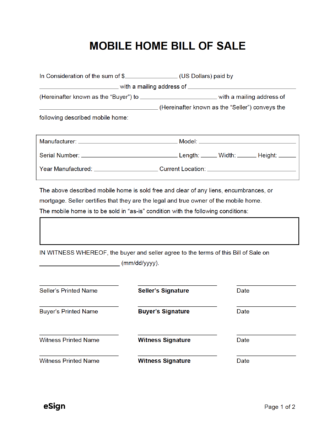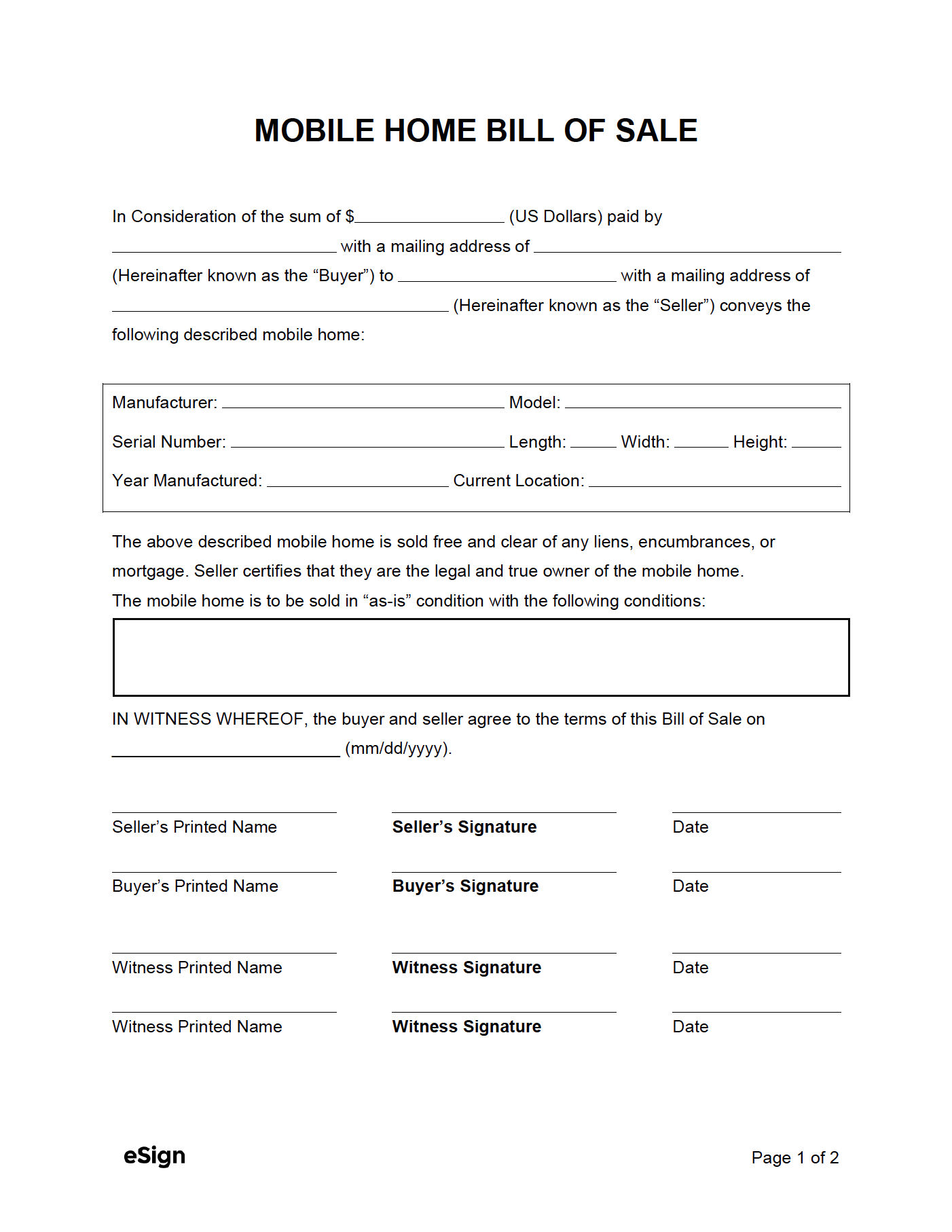How to Sell a Mobile Home

When selling a mobile home, the most important factor is the land the mobile home is resting on. If the owner also owns the land, the transaction is more straightforward and takes place much like a standard home-selling process.If the mobile home is on leased land (such as a trailer park community), the landowner must be involved prior to the sale, as they have the power to permit or deny certain people from staying on their land.
Cost of Moving a Mobile Home
Transporting a mobile home is a costly endeavor, sometimes upwards of $13k, and there are many factors that go into the final price.
While the upfront costs may seem steep, putting the move in the hands of professionals often justifies the cost. Doing everything oneself leaves significant room for errors and can result in a destroyed home and unnecessary risk to those using public roads.
Size and Weight
Mobile homes built with dense materials and those that are exceptionally long or wide will require more manpower to transport from one spot to the next. If the home is double-wide, the transport will need to take the form of a convoy, in which spotter vehicles (and potential road closures) will need to be arranged. Careful planning is required as most homes are over the 8.5-foot width limitation and considered a wide or oversized load.
Permits
If a professional moving company is used, permits will most likely be taken care of ahead of time. However, additional fees may be added to the total bill paid by the buyer. If the mobile home is being moved to another state, the structure may need to be inspected prior to arrival.
Distance
The farther the distance between the current location and the new location, the higher the price of the move. Gas and wear and tear are the primary factors that determine the distance involved.
Preparation
If the home has been stationary for a long period of time, it may need repairs prior to the move to reduce the chance of an accident occurring during the trip.

